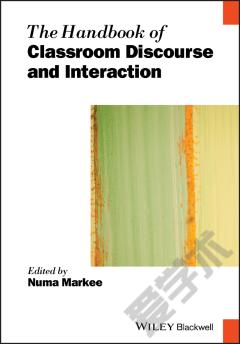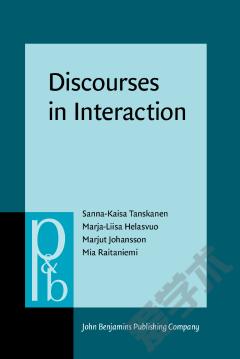Negotiated Interaction in Target Language Classroom Discourse.
This book addresses some of the most fundamental questions that can be asked about target language (TL) acquisition in the classroom context, namely1. What is negotiated interaction?2. What are the main discourse functions of negotiated interaction?3. How frequent is negotiated interaction in TL classrooms, and does this frequency vary by proficiency level?4. To what extent does the initiation of negotiation overlap with the negotiation of power in such a setting of unequal-power discourse as the TL classroom?The negotiation process allows TL learners to obtain ‘comprehensible input’, to receive ‘negative input’, and to produce ‘comprehensible output’. Since these are key variables in the acquisition process, by researching the negotiation work occurring in TL classroom discourse, the book fully contributes to the understanding of the process of interlanguage development in TL classrooms and thereby has major implications for TL teaching and teacher training. The book also contributes to further the understanding of negotiated interaction from a sociolinguistic standpoint: the asymmetrical nature of negotiation work in TL classrooms reflects the role and power relationships, the social organization, as well as the tacit interactional and cultural rules that seem to be at work in the TL classroom context.
{{comment.content}}








 京公网安备 11010802027623号
京公网安备 11010802027623号